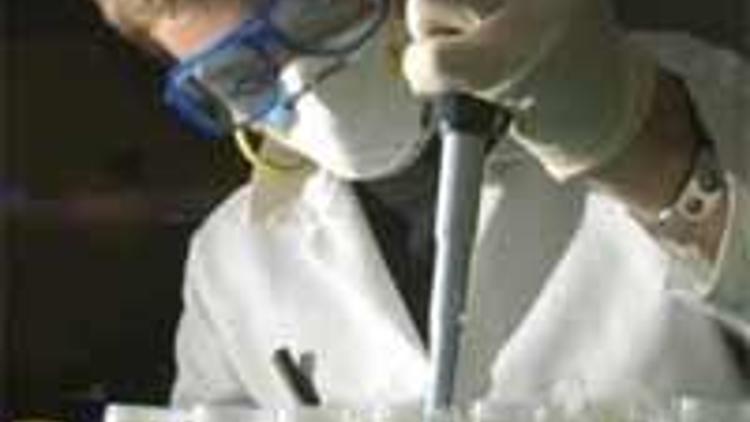New hope for bird flu
Güncelleme Tarihi:

A new technology has been developed at the Scripps Research Institute in the United States, which could enable experts to gauge whether or not the virus sub-strand H5N1 can be transmitted through human-to-human contact earlier than previously believed. An article published in National Geographic magazine stated that the aforementioned technology is called ‘glycan array’. Scientists, who underline that human and bird flu viruses can bind themselves to different sugars, say they can determine how much genetic mutation has occurred in the virus, and to what extent a strain has adapted for entering human cells, by tracing the arrangement of sugars.
Experts studying the deadly influenza outbreak of 1918, also known as the Spanish Flu, as well as other major epidemics, stated that mutations taking place in certain amino acids could cause the bird flu virus to dramatically gain the ability to enter human cells.
2 mutations are sufficient
Ian Wilson of the Scripps Research Institute said that two mutations of the virus were sufficient to transform the specificity of the virus from avian to human, enabling it to be transmitted to humans. Famous scientist James Paulson stated that “mutations occurring in the virus’ genes could not be determined so quickly”.
National Geographic Magazine has joined the international press in their bold statement, “mutation occurs in bird flu in Turkey”. Upholding the claim that a genetic transformation in the proteins of the bird flu virus has occurred in Turkey, stated that the change need not cause such fear.

